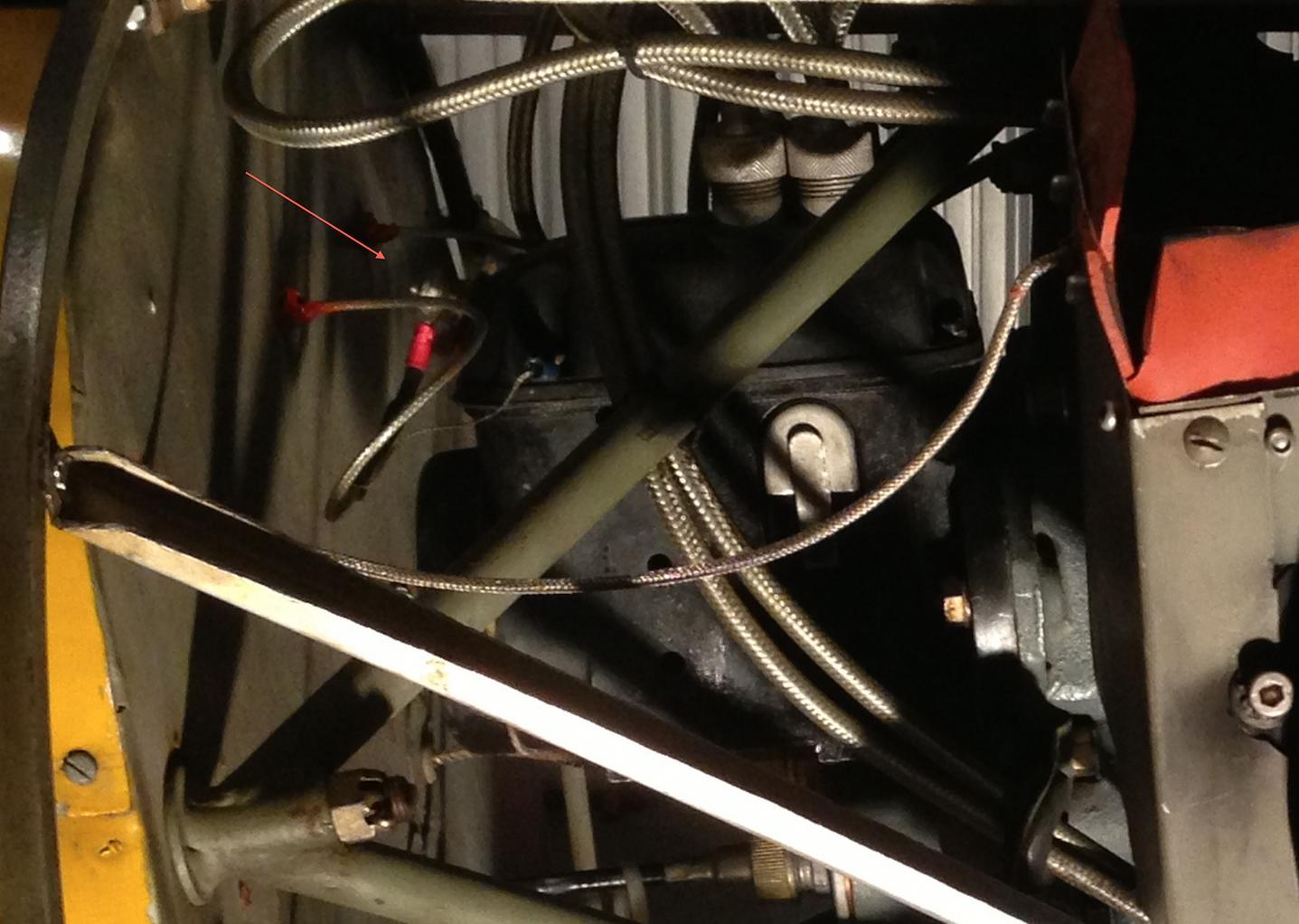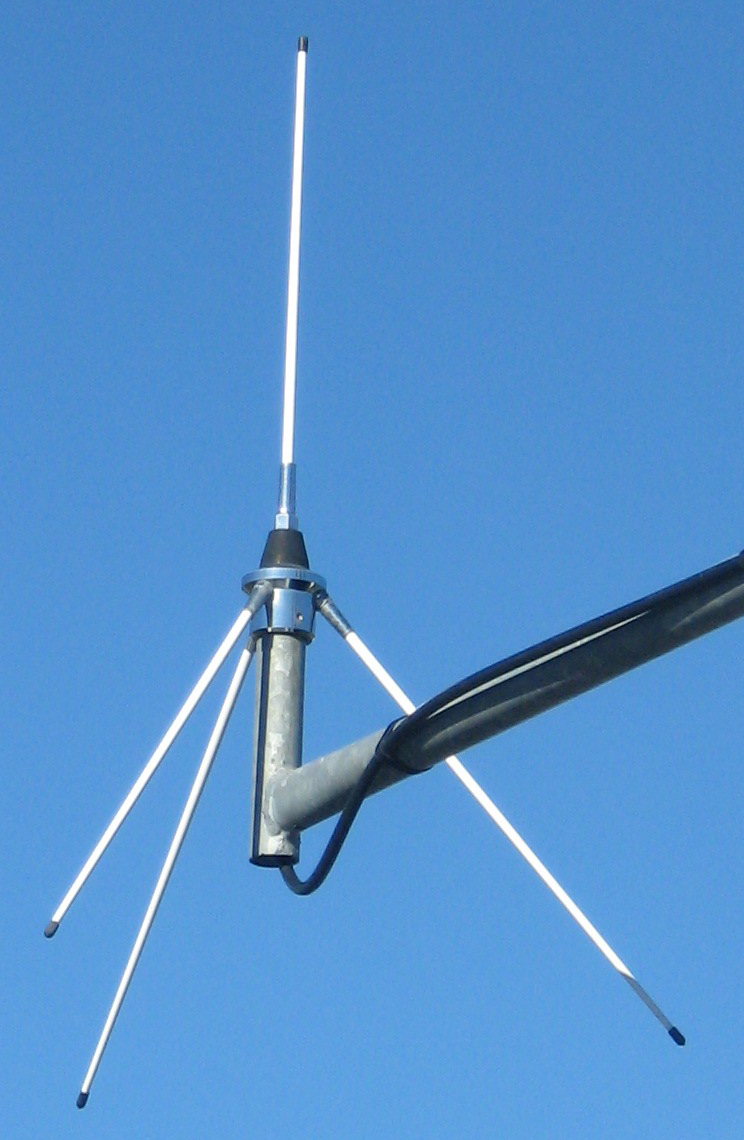The capacitor is electrically connected in parallel with the breaker points. It's purpose is NOT to reduce ignition noise but rather to store energy from the coil when the points open. This not only reduces the arcing at the points but also increases the energy delivered to the spark plugs.
That one is internal to the mag, its only purpose is to stop arcing of the points, when it fails he will see very high mag drops. he has no symptoms of that.
It's size (capacitance) needs to be matched to the coil and I don't think it's a good idea to be adding one externally to the magneto, at least not without some analysis. Too much capacitance and the points will suffer.
It is possible that the capacitor in your magneto has failed (open or high impedance) but that's fairly unusual in "modern" capacitors (old ones tended to "dry up" and lose much of their capacitance over time). If the capacitor (aka condenser) was defunct you might see increased ignition noise but more importantly your points would quickly deteriorate.
First thing I'd do is confirm that the plugs have internal resistors. Without some series resistance in the high voltage path considerably more RF noise is generated and radiated. Next I'd confirm that the shields on the spark plug wires are well grounded on both ends and make certain that the P-lead shields are continuous from the magneto back to the switch. There shouldn't be any more than an inch or so of unshielded wire on either end of those leads.
One way to determine if your ignition noise is from the primary side (P-lead) or secondary (spark plug wires) is to temporarily disconnect both P-leads from the magnetos and see if the noise abates.
BTW it might just be that your antenna isn't well grounded at it's mounting. On a fabric covered airplane you may have to fabricate a ground plane under the antenna.




 ...
...
